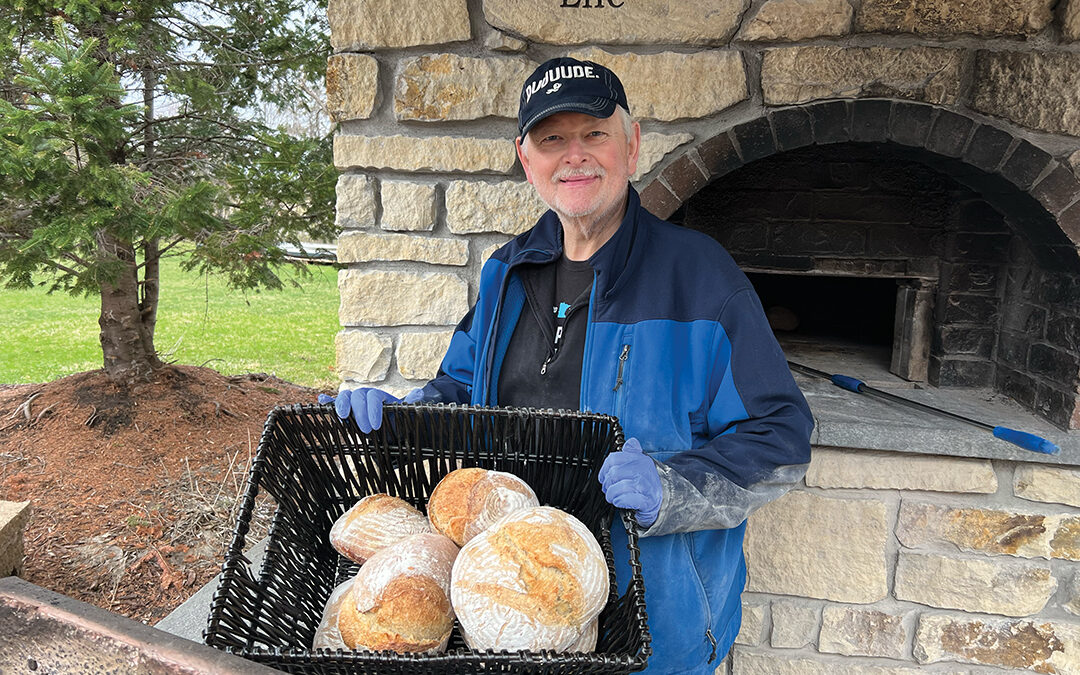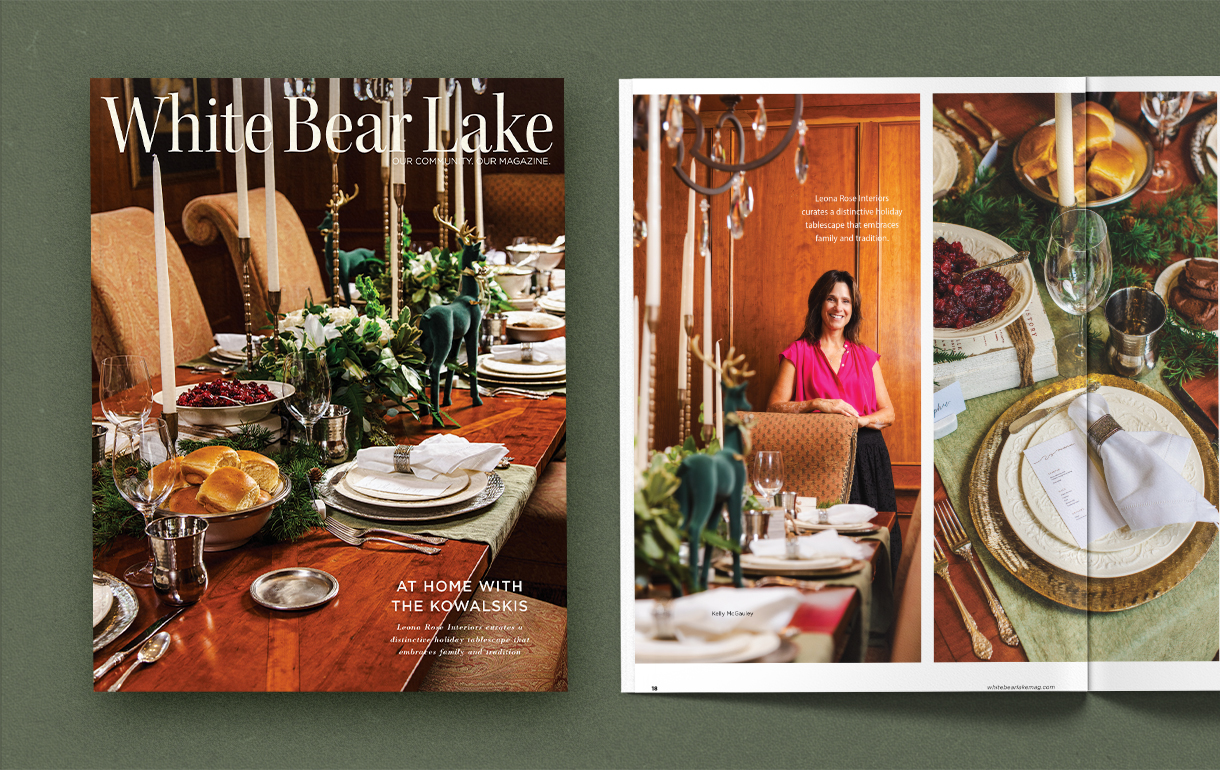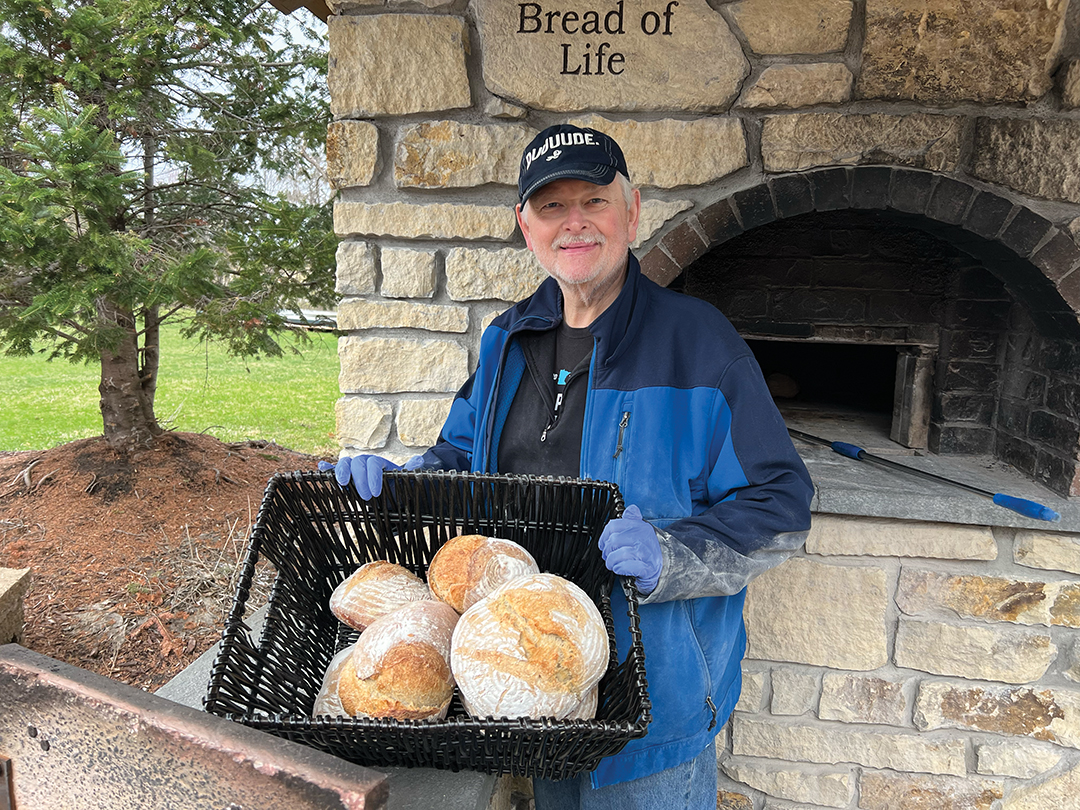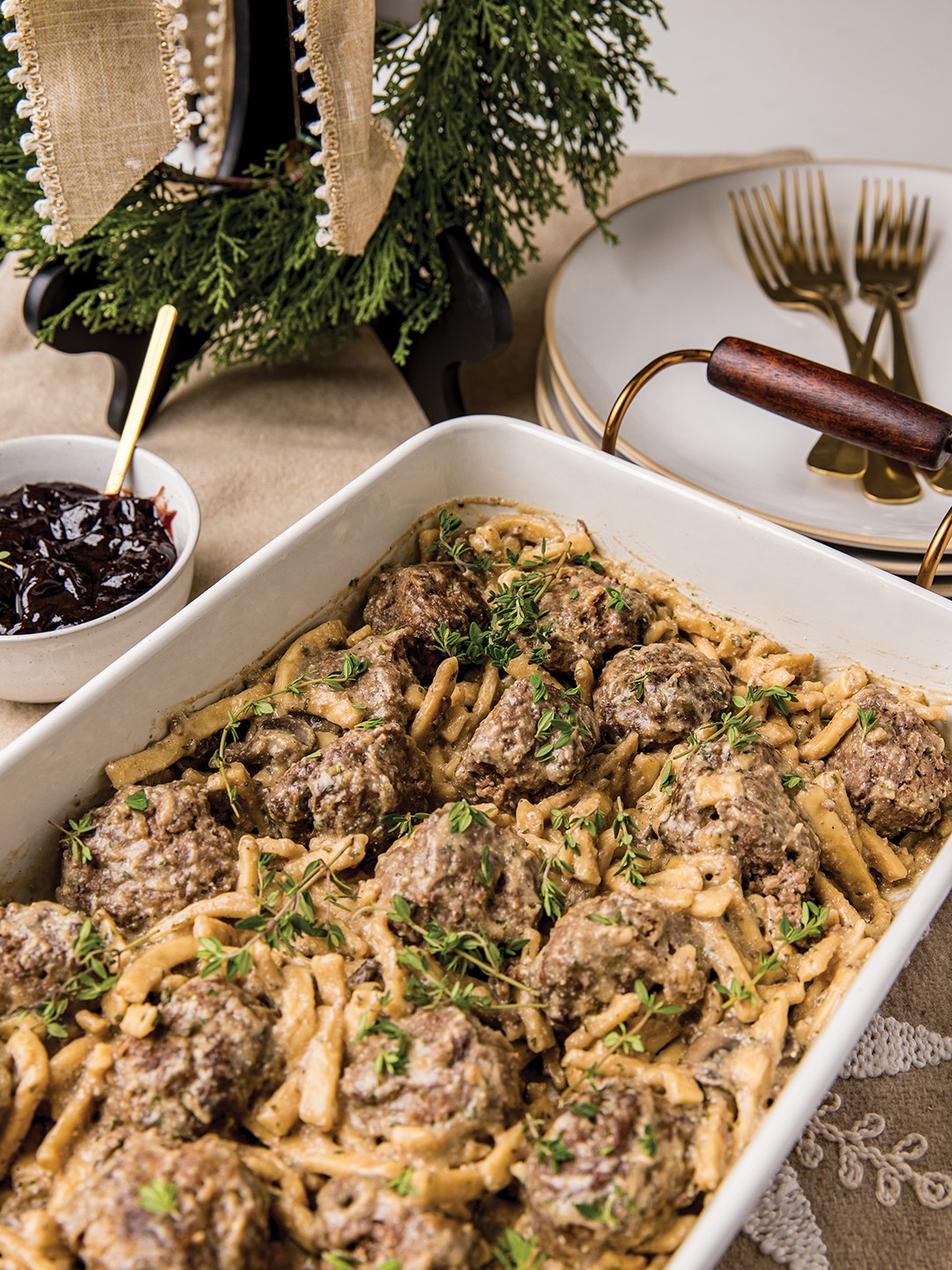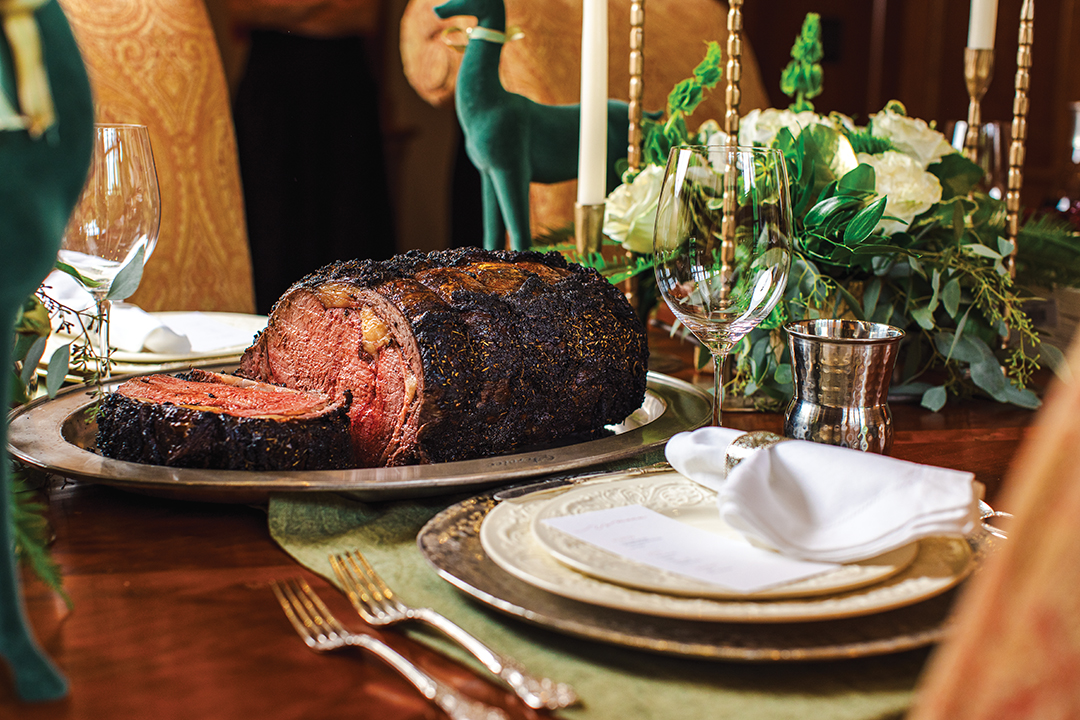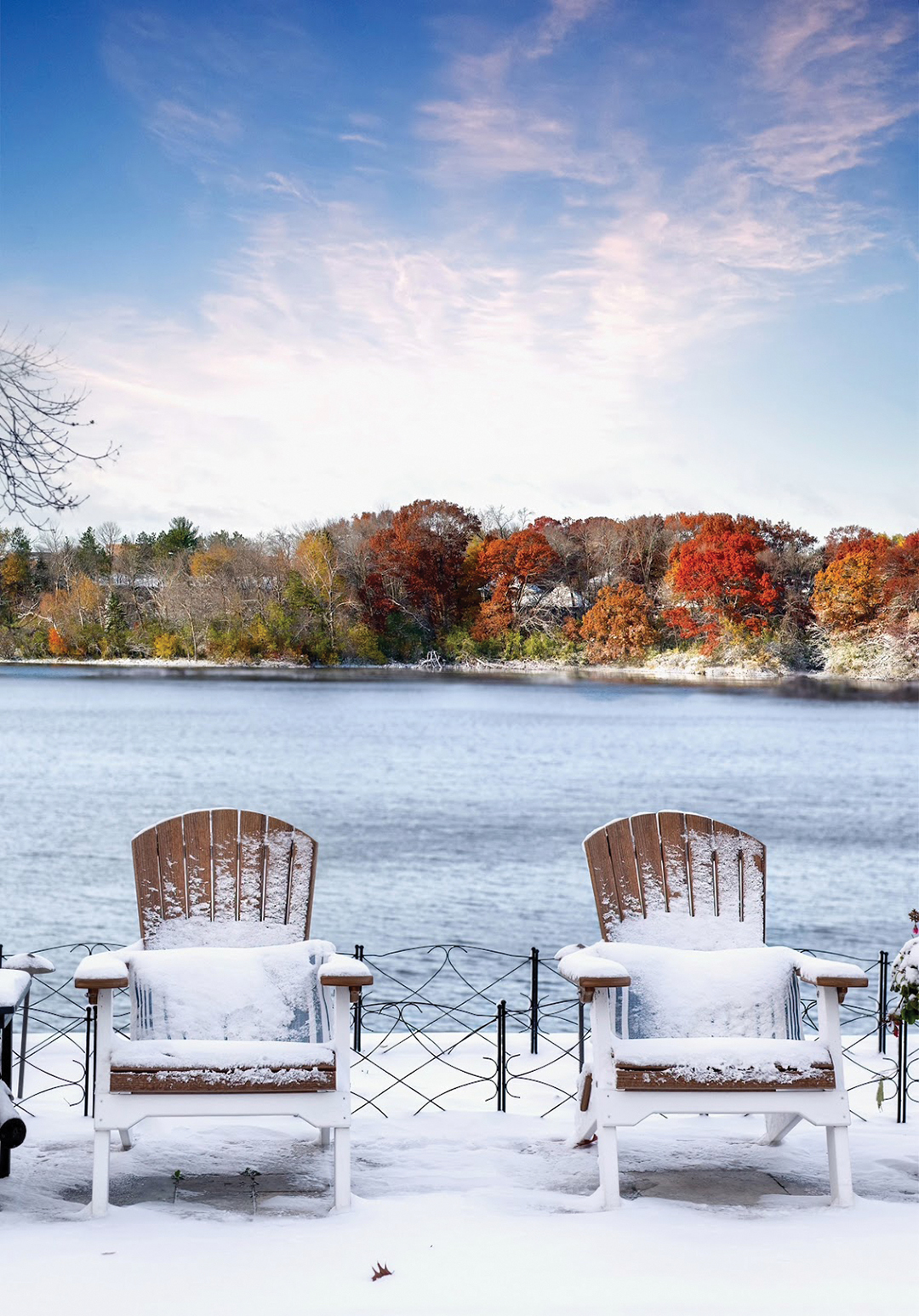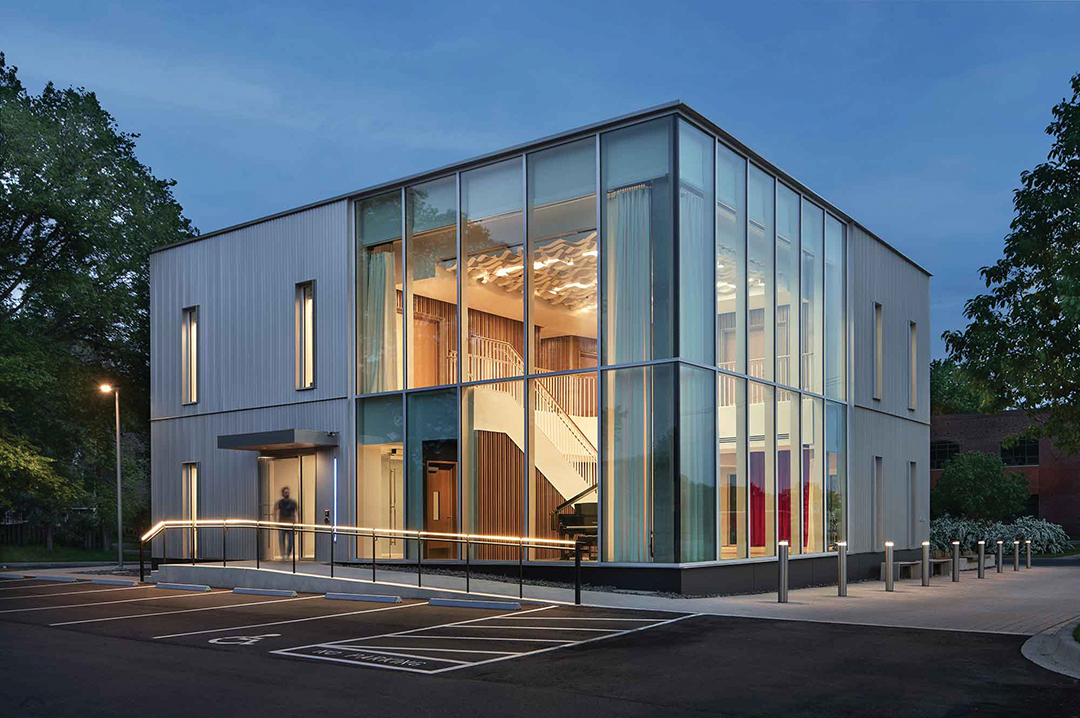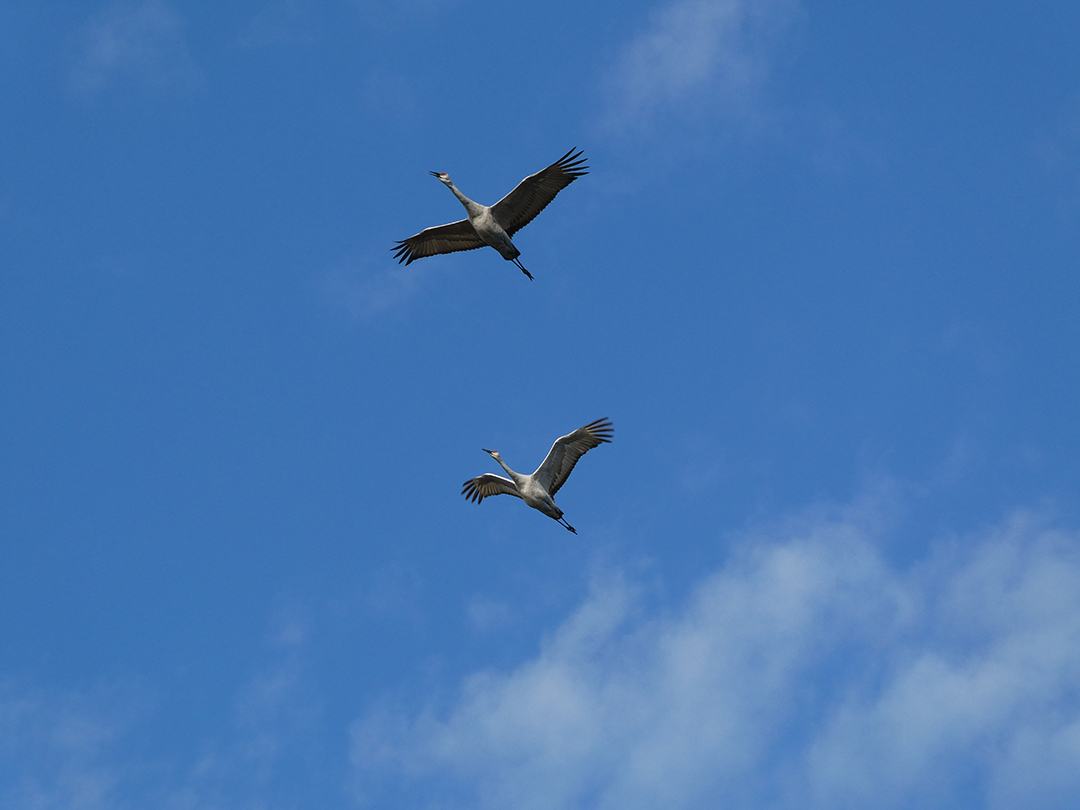
Photo: Kyle Te Poel
Eco-tour business brings national clients to see the beauty in our backyard.
When photographer and birding guide Kyle Te Poel was 5 years old, he brought home marigolds as a Mother’s Day gift from school. A few days later, while reading a book about wildlife near a window, Te Poel witnessed the moment a rose-breasted grosbeak stopped to rest on a marigold. “As a kid, you just use your imagination,” Te Poel says. “Seeing nature as a drawing in a book feels unreal, and then you see the drawing come to life outside. It’s like an action figure—and you think, ‘Oh, my gosh, that’s what that really looks like.’”
It was this fascination that formed his future business. The Stillwater resident studied environmental education, interned at nature centers and in schools and eventually worked as a park ranger at national parks. In 2016, Te Poel started his own eco-tour business: Next Bend Birding Tours & Photography. Of his business name, Te Poel says, “There’s always something to see if you just keep at it. Hike the trail ’til it bends around the corner, or go down the next road. Just keep exploring.”
Te Poel’s birding excursions have frequently brought him to the White Bear Lake area, including a tour last October with a couple from Texas. From his home base in Stillwater, Te Poel brought the pair out to the north Metro to explore the lakes and wetlands that attract autumn migratory and resident birds. “They loved seeing the community and said that, when they come back, they’re going to stay in White Bear next time,” Te Poel says. They started in the backroads of Washington County, stopping by lakes, wetlands and fields viewable from the road. The tour continued to White Bear Lake and Bald Eagle-Otter Lake Regional Park and then over to Vadnais Lake.
Pulling up a note from the day, Te Poel recalls the various birds the group spotted. “We ended up finding 35 species in just a couple of hours,” Te Poel says, reading from a list that includes migratory ducks, loons, songbirds, swans, raptors and cranes. “It was really just a good mix of everything from birds on the water to in the trees, in the sky—all the different families of birds were represented.”
Over the years, Te Poel has had clients ranging from beginning birders and nature lovers to National Geographic photographers. He’s even taken family members of former presidents out on the hunt, though mum’s the word on who. Many of his clients are birders from across the globe, traveling to see what Minnesotans might take for granted. “The other day, I spoke with someone from Taiwan, and I’ve got people coming from Ecuador to see specific types of birds and their migrations,” he says.
Though Te Poel will take adventurers anywhere, often his clients want to head up North. The Sax-Zim Bog, northwest of Duluth, is a favorite for spotting owls, wolves, moose and many native plant species. Some of his favorite local spots include Katherine Abbott Park, the Gateway Trail and Goose Lake.
Autumn Birding
Though spring brings vibrant songs from breeding birds, autumn is still a great time to observe birds as they head to their winter homes. Here is a list of birds to look for this season, contributed by Te Poel.
- Raptors: Raptor migration peaks in our area around late September, when about a dozen species can be seen. Some of them, including sharp-shinned hawks and rough-legged hawks, will stay for the winter.
- Waterfowl: Large water birds like American white pelicans and swans (both trumpeter and tundra) move well into the fall. Trumpeters congregate in late fall and will remain in large groups on whatever open bodies of water remain (as well as open fields and farms), while tundra swans begin to pass through on their way south. Over two dozen species of ducks and other smaller waterfowl appear on our lakes in the fall. Arctic ducks like scoters and long-tailed ducks also make occasional appearances on our larger lakes in late fall.
- Songbirds: Most songbirds migrate in late summer, but there are some beautiful little birds that stick around even into October and November. These late-migrant songbirds include: blue-headed vireo, Eastern phoebe, ruby-crowned and golden-crowned kinglets, winter wren, hermit thrush, snow bunting, over 15 species of sparrow and a few colorful warblers.
Next Bend Birding Tours & Photography
507.358.8810
Facebook: Next Bend Birding Tours & Photography
Instagram: @nextbendbirding

